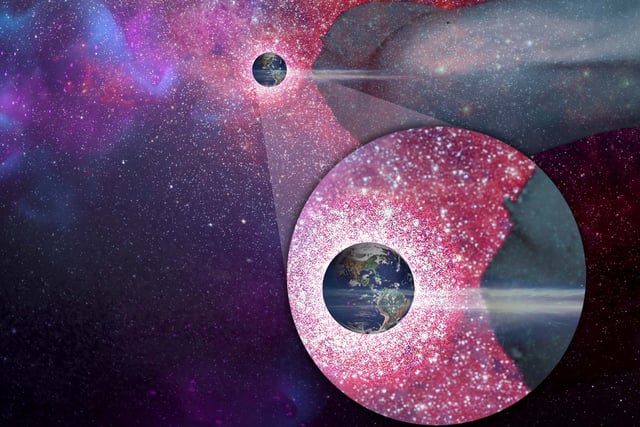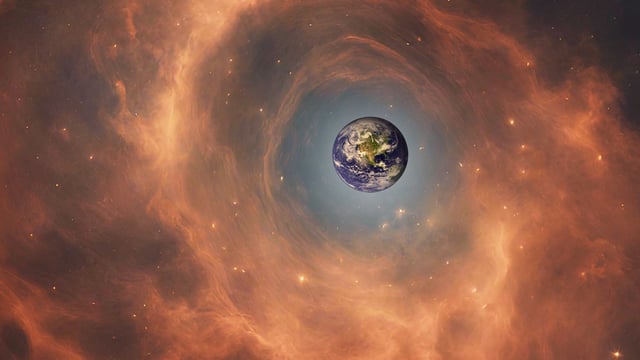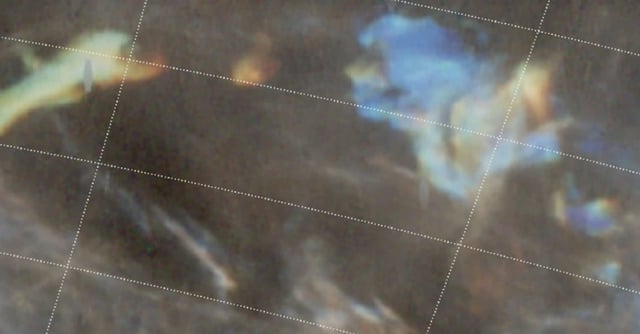Overview
- Scientists propose that Earth passed through a dense interstellar cloud 2-3 million years ago.
- This passage could have compressed the heliosphere, exposing Earth to cosmic radiation.
- Evidence includes isotopes like iron-60 and plutonium-244 found on Earth and the Moon.
- The encounter might have contributed to climatic shifts, possibly affecting early human evolution.
- Future research aims to explore other potential interstellar encounters and their impacts on Earth's climate.


